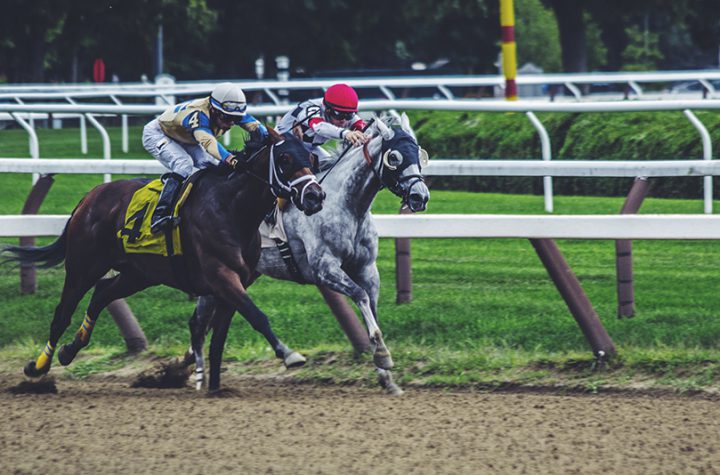
The Chinese government announced Wednesday that it would quarantine the city of Wuhan, the center of an outbreak of a new viral disease that has (officially) killed 17 people and infected more than 500. As of 10 AM Thursday morning in Wuhan9 PM ESTno flights were leaving the airport. High-speed rail wont depart for Shanghai, 500 miles to the east, or anywhere else. The bus terminals and roads are closed. Supposedly, its no one in or out.
To be clear, thats nuts. Wuhan is a megacity with a population upwards of 11 million peoplemore than Los Angeles county, the most populous urban agglomeration in the US. Its a central transportation hub fed by dozens of highways, an international airport, and one of the biggest rail transit systems on Earth. The Yangtze and Han rivers run through the city, too. Even a Google Map-level perspective shows a city that seems, well, un-siege-able. So disease response experts are having trouble figuring out what Chinas public health officials plan to do here, how theyll do it, or why. In an outbreak, by the time you try something as ambitious as quarantining a megacity, its already too late to quarantine the megacity.
As a public health tool, quarantine has a deep history. For diseases against which you have no pharmaceutical defensewhich was the case for basically every disease for most of human historywhat else can you do? Large-scale ones chased and followed every great epidemic from the 12th century European plague to cholera to smallpox to influenza. But once people figured out that pathogens like bacteria and viruses cause disease, other interventions came to supercede if not outright replace quarantine, or what public health experts today call social distancing. The problem with social distancing is that we have very little evidence that it works, says Larry Gostin, a professor of global health law at Georgetown University. At most, it might delay for a short time an outbreak, but its very unlikely to stop the progressive spread.
Part of the problem in Wuhan is that the global health community still isnt entirely sure what the coronavirus2019-nCoV, more formallyactually is or how it works. The best evidence so far is that the virus originated in bats, and transmitted first from an animal to a human in a wet market, a place where live animals are sold for food. And the virus has transmitted from humans at the market to other humans but perhaps not from those humans to even more humans, and on and on. If the virus doesnt transmit well from person to person, thats good news. If the virus doesnt survive for long outside a person, or it takes a lot of virus to infect someone, or satisfy any number of other characteristics of a really pernicious epidemicif this whole outbreak comes down to a point-source of transmission, that market in Wuhan, thats all a relief, and it means that a quarantine is too big a hammer. And an unpopular one, at that: The lockdown comes during New Year celebrations, when pretty much everyone wants to travel to be with family.
Yet police have already begun barricading roads. The siege, against all sense and logistics, is on. It would be nearly impossible to be effective, even if you threw the entire Chinese military at it, says John Spencer, chair of Urban Warfare Studies at the US Military Academy Modern War Institute. Youd have to have a coast guard, a military. Its just not feasible to seal in a major city in the modern age. It wasnt even feasible before. Supplies have to get in, containers have to come out. People denied resources like food and water are people who go searching for those resources, and while concrete barricades, cleverly deployed garbage trucks, and guardhouses might be able to regulate in-and-out automotive and truck traffic, theyre not much good against people on foot. And the disease has already spread internationally.





More Stories
The South Australian government has promised to deliver the “biggest hit of economic adrenalin in South Australian history” in Tuesday’s budget.
Boris Johnson will proceed with his controversial Brexit bill despite US president-elect Joe Biden having previously warned the UK over the draft legislation.
Singapore-based Nektar.ai, a productivity platform for sales teams, has raised $2.15 million in seed funding. Founded earlier this year, Nektar has been working in stealth mode with five companies, and has plans for an early adopter release before a public la…